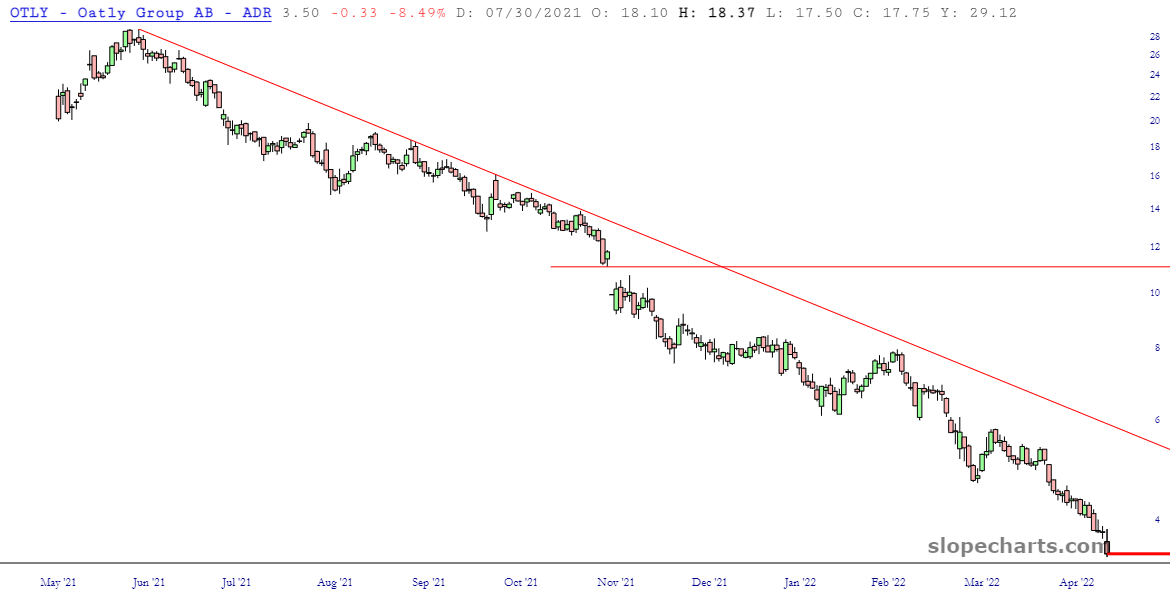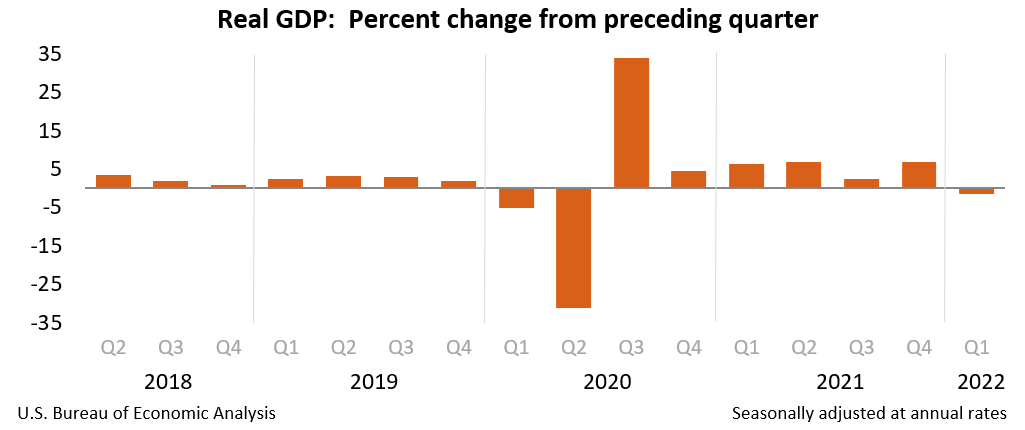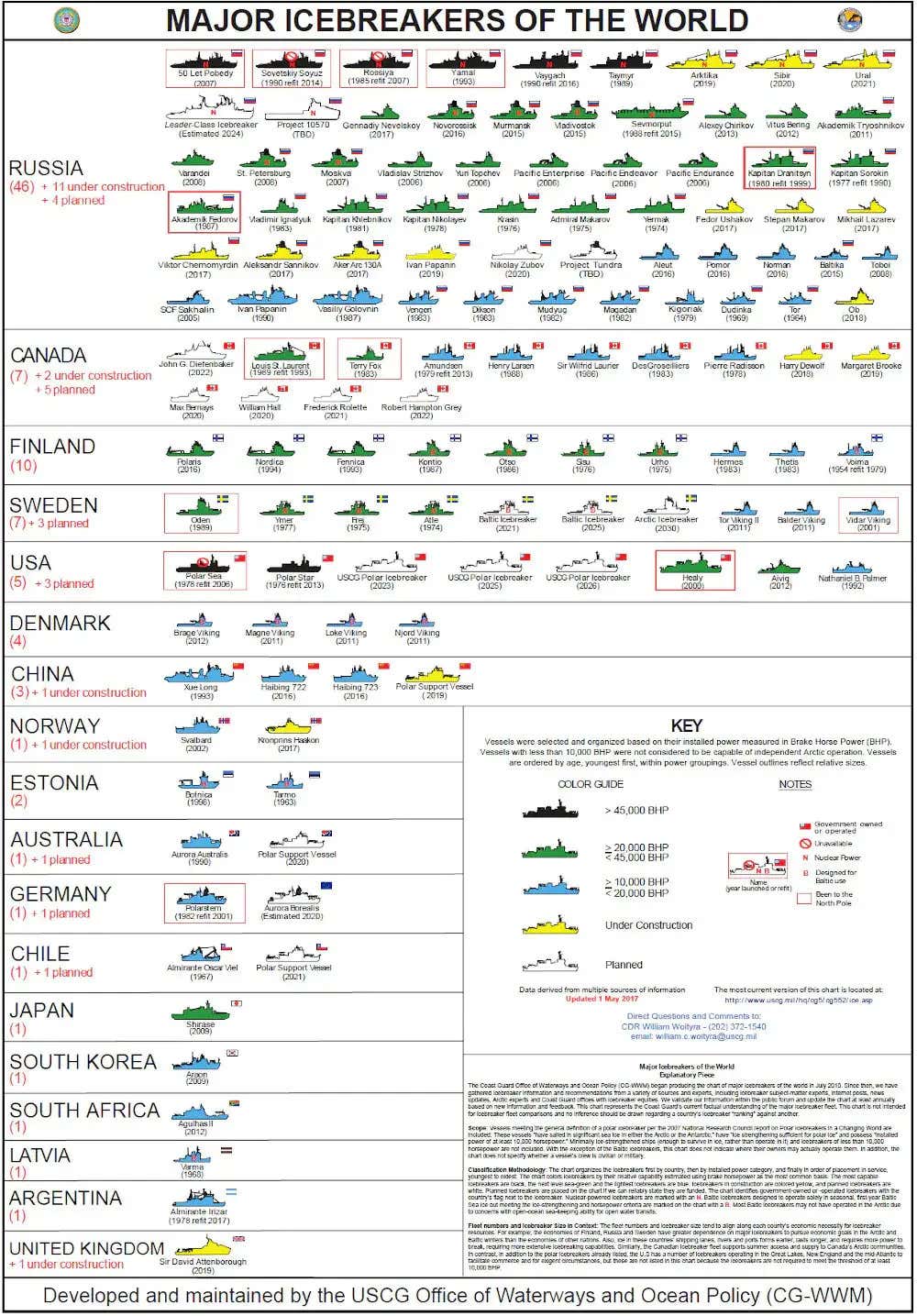From Datagenetics:
Don’t get me wrong, it’s cool technology, and a lot of investments have been made in this arena, but these investments are all following the hype. NFT does not provide a solution to any problem the gaming industry has.

History of PC gaming
To understand, first of all, we need to take a step back and follow where the money in the industry comes from. Whilst I know there are exceptions, I’m looking about where the majority of the money comes from, over time, in the PC industry.A couple of decades ago (before the internet), people used to go into retail outlets and purchase boxed product. They paid up front, took the game home, then enjoyed (or did not), the game they purchased: Payers became players. These people were all ‘gamers’, and self-identified as such. Developers shipped product, then moved onto the next project.

Then the internet game along, and people got online; there quickly became a proliferation of free online Flash/Shockwave games. The internet was a great leveler and exposed people who were not ‘core gamers’ to gaming entertainment. People who did not identify as ‘gamers’ loved to slide blocks, match three gems, find hidden objects, or run virtual restaurants and hairdressers. It’s estimated that about one in three people on the internet plays some sort of game. That’s a huge denominator.So how did developers make money in this browser based arena? Online advertising. When I worked at Microsoft, for MSN Games I calculated that the average revenue for a Flash based browser game was about $0.01 per user per hour. It seems small, but remember, the denominators are large.Then, pioneered by Popcap, the bright idea came up that the browser based games could be rebuilt into deluxe editions that you could download. These would have enhanced graphics and sound, more levels, more pixel polish, and could be played offline. These initially sold for $19.99 and were an overnight success. The payment mechanism was that you downloaded the game for free, and this gave you ten free plays. After that you needed to get your credit card to unlock the game forever.

Within weeks, everyone had jumped on the bandwagon, and there were literally thousands of ‘deluxe’ products available. Web sites sprouted up simply to catalog and broker the offerings. Most developers skipped the Flash stage all together and just shoveled out the download products. Whilst there were some diamonds in the rough, many were of dubious quality, or cheap clones. I used to attend game conferences and find that they were attended by hundreds of small independent game developers eager to make it big and get a slice of the pie.The sheer quantity, and lack of quality, and the eagerness of the brokers to land grab market share caused price wars and a race to the bottom; prices rapidly spiraled to very low values. Most of the independent wanna-be developers could not sustain themselves at these price levels (especially as they got no visibility in the ocean of the tens of thousands of other flotsam products bobbing around). Next year the game conferences showed that hundreds of developers had imploded along with the deluxe download business.Then the iPad and the smartphone came along. For a while you could go into the Appstore and buy games for a couple of dollars apiece (matching the prices the deluxe downloads ended up after their collapse). This did not last long.Then the saviour of the industry came along: The free to play model.
....MUCH MORE









